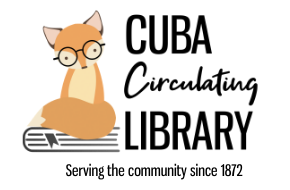Tax Vote Information 2025
![]()
Understanding Your Library’s 2025 Budget Vote
The Cuba Circulating Library is dedicated to free and equal access to information, knowledge, learning, and the joys of reading for our diverse community. We do this by providing popular materials and programs to meet the informational, cultural, and recreational needs of all members of our community. Without regard to income or education level, we provide books, audiovisual materials, programs, and classes for all. The Library extends past its walls by partnering with the local schools such as CRCS, BOCES & Head Start, as well as area organizations, including the Cuba, NY Chamber of Commerce, Palmer Opera House, and Cornell Cooperative Extension.
Current Cuba Library Resources and Services
- 8,900 square foot historic building
- 17,850 fiction and non-fiction books
- 1,850 DVDS
- 235 video games
- 30,000 downloadable audio and eBooks
- 6 public access computers
- 56 electronic databases
- 24/7 high-speed Wi-Fi access
- 10 Wi-Fi hotspots for check out
- Hearing assistance devices
- STEAM kits
- Literacy kits
- Knowledgeable staff to support your reading, research, and work needs
- 60 seat community room for public use
- Local history and genealogical resources
- Federal and state tax forms
- Art gallery
- Scanning, copying, and faxing services
- Children’s story hours and programs
- Community lectures and art classes
- One-on-one tech tutoring
- Tween and teen activities
- Summer Reading Program
- Resume and job searching assistance
- Open for 48 hours/week; 5 days/week
- A comfortable place to enjoy a good book in print or on your digital device
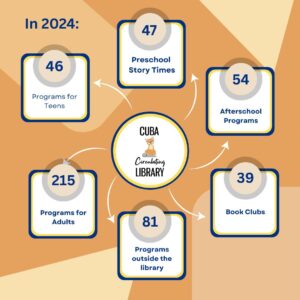
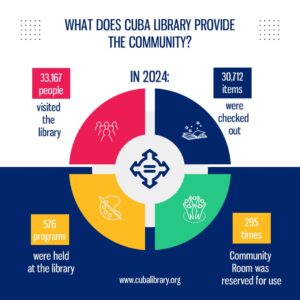
Cuba Library sponsors Summer Reading Programs in partnership with CRCS Elementary School and Cuba Summer Recreation program. Our youth coordinator also makes several class visits each month to the elementary school, as well as running a book club at the Middle-High School, and the library has also sponsored programming by Native storyteller Perry Ground at the elementary school.
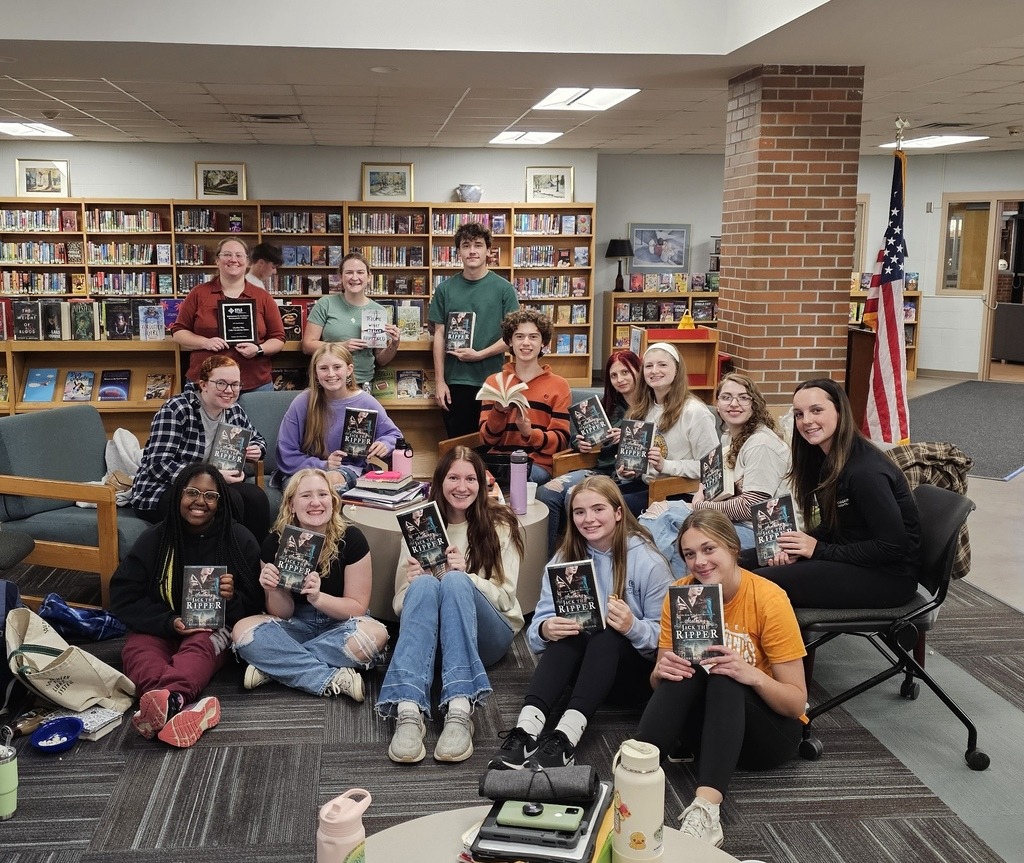
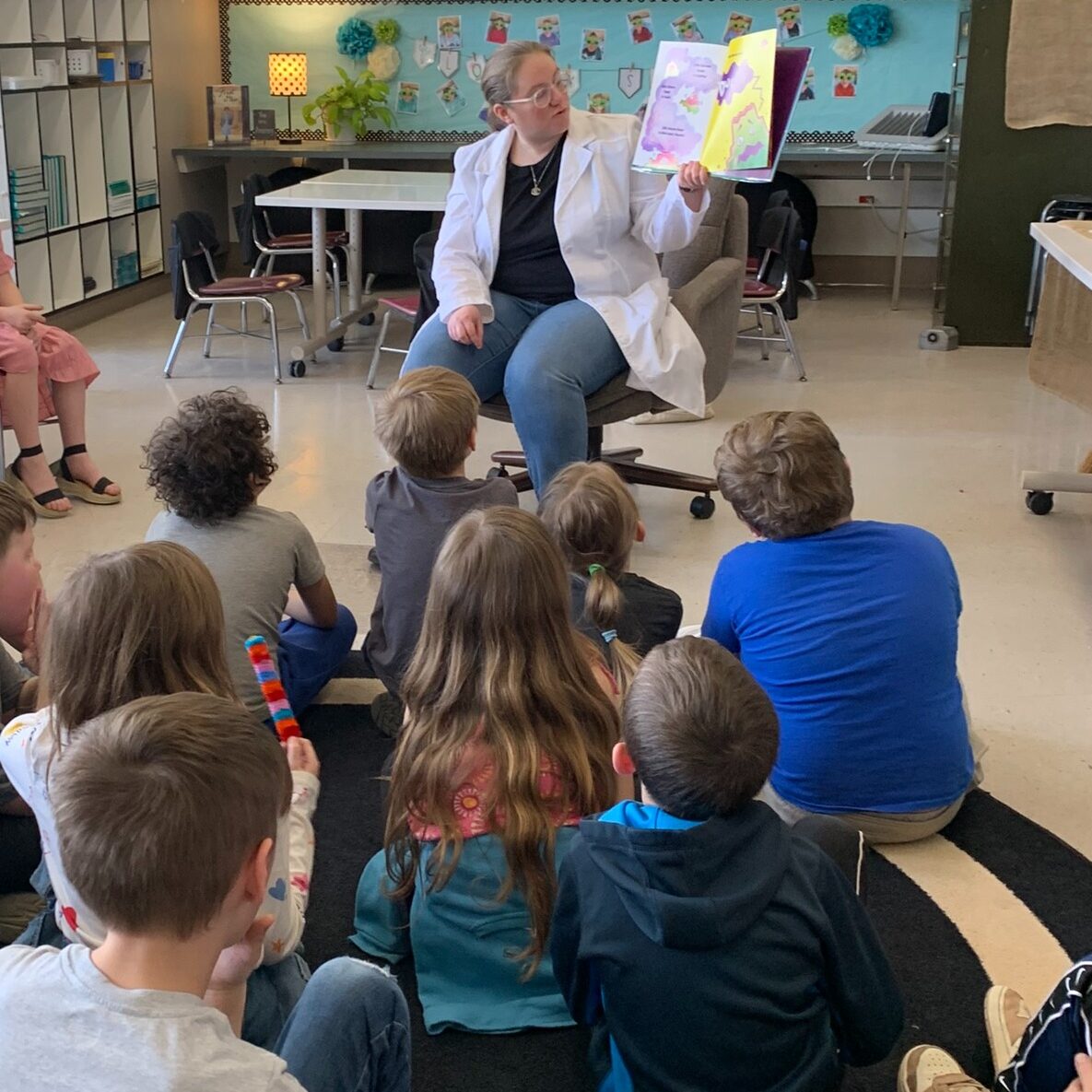
Cuba Library last sought a tax increase in 2024 for 2.26% for a total of $5,252
What we’re asking for
The total tax levy we are requesting would increase by 24.5%, from $237,098 to $295,145.
For a home assessed at $100,000, this increase equals just $8.28 per year—that’s about 69 cents per month.
This would represent roughly a 21% increase to the library’s overall budget.
Local Tax Impacts of Our Increase*

*Tax Rate and Tax Bill based on Home Assessment of $100,000
**For a full copy of the 2025 budget, please visit the library or go to the library trustees page at https://tinyurl.com/2025cclbudget and find it under the Library Budget section.
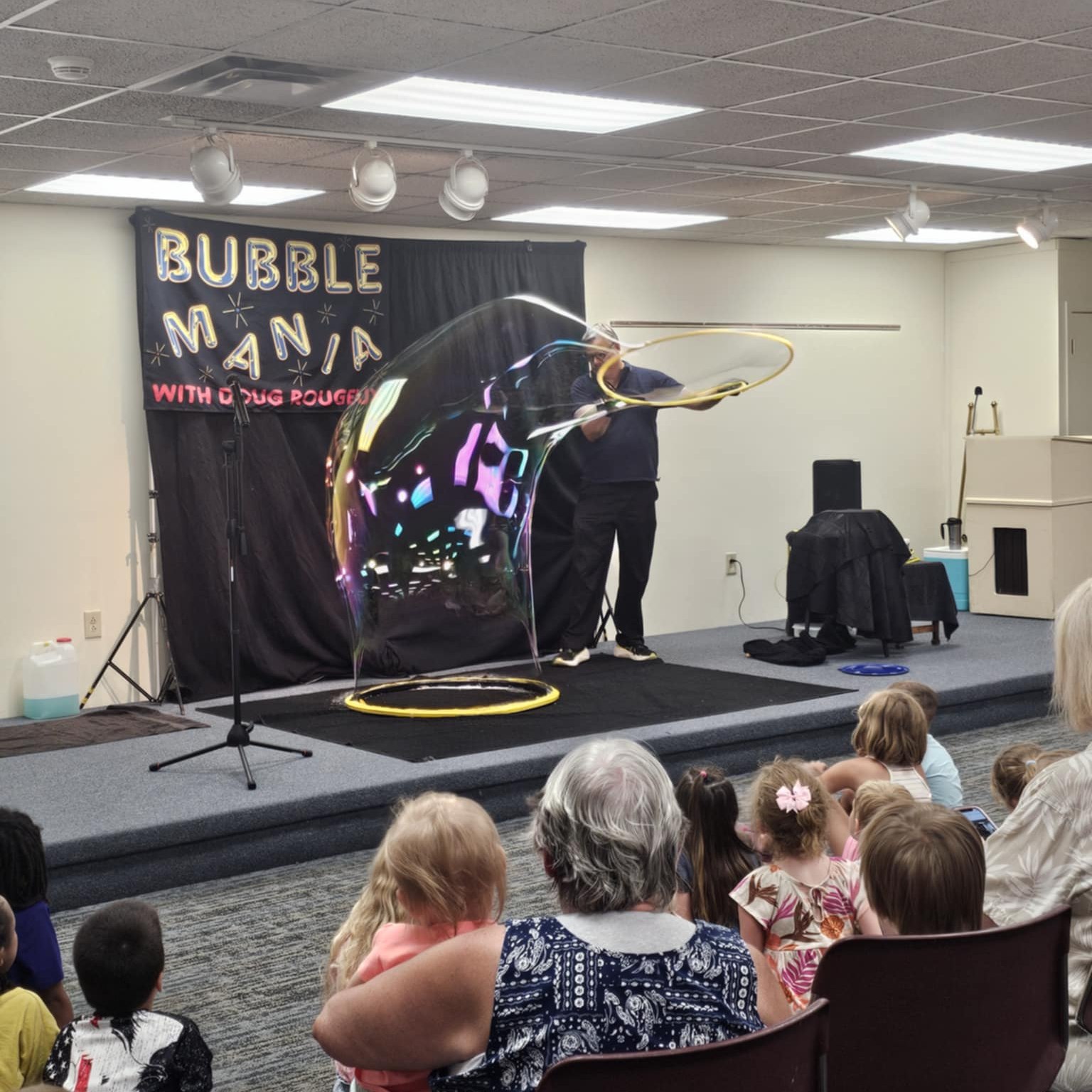
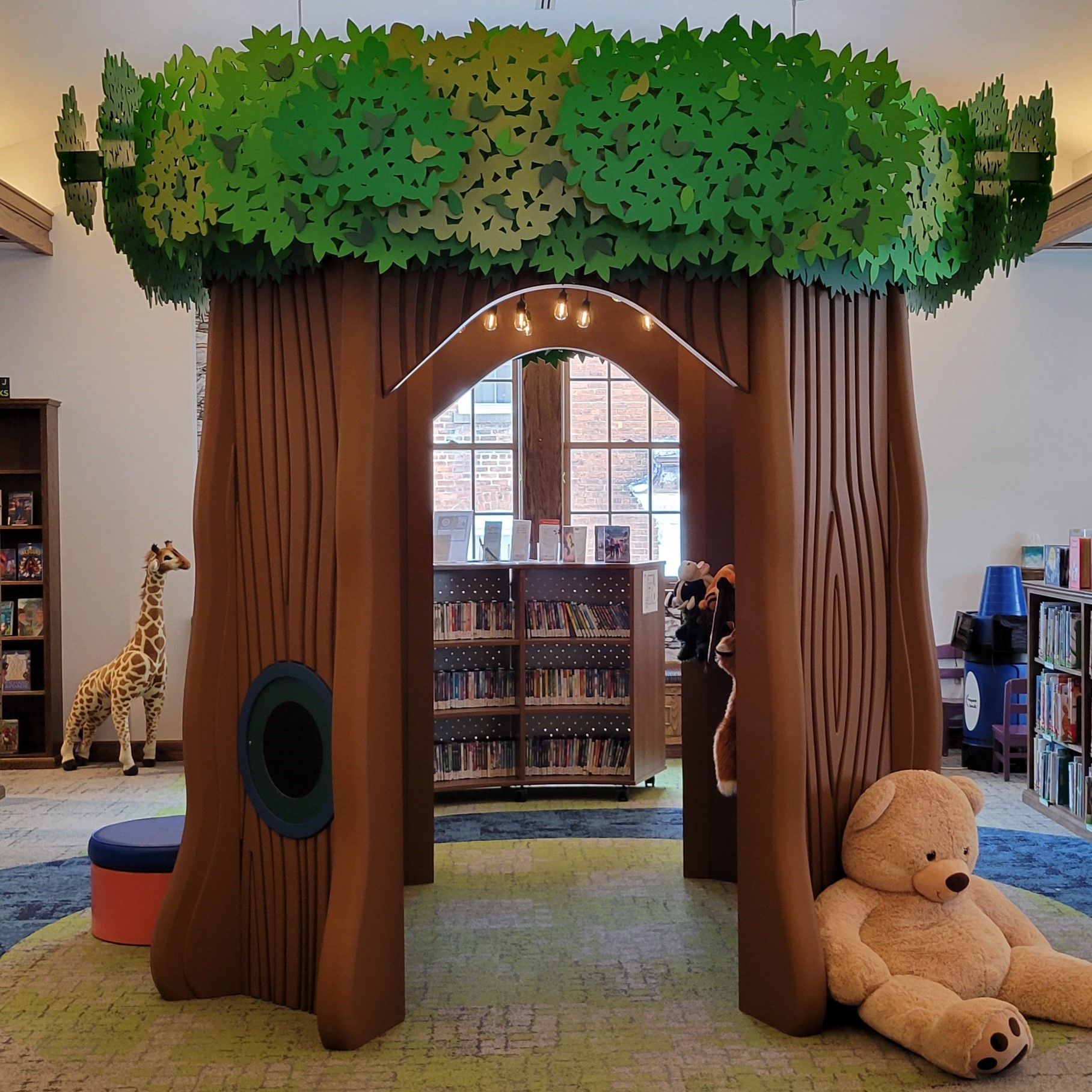
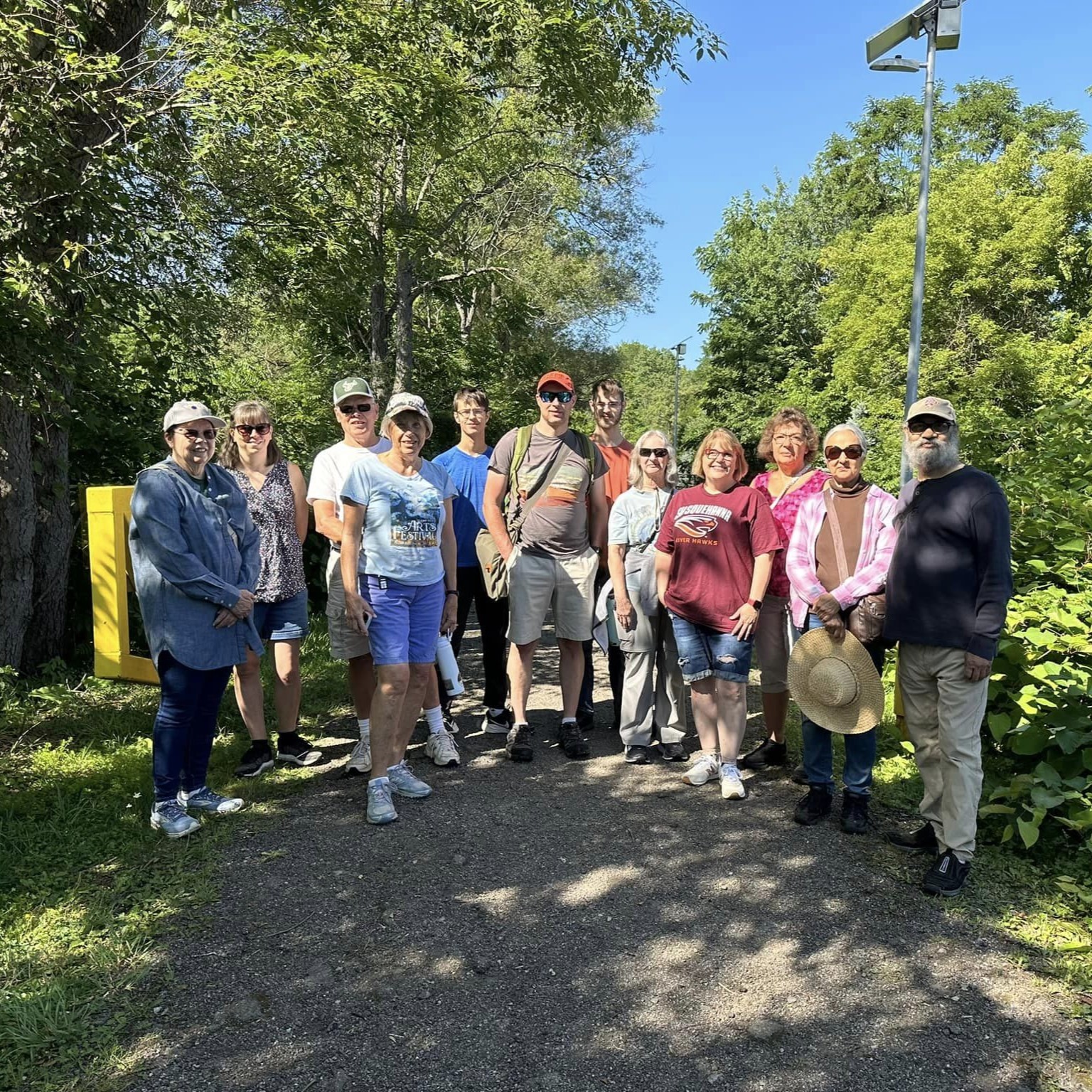
Room 105
15 Elm Street
Cuba, New York 14727
Rushford, New York 14777
How is the library currently funded?
The majority of our funding comes directly from local taxpayers. Beyond that, we receive a portion from our endowment, and the rest is made up of grants, donations, and fundraising—including the amazing work of the Friends of the Cuba Library.
We’re incredibly grateful for these sources, but they are not sufficient to meet our current and future needs.
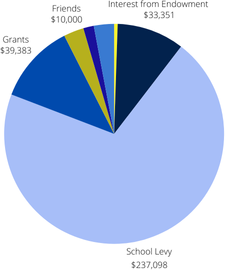
Public libraries receive little support from New York State for essential services. Cuba Circulating Library received $1,745 in 2024 through Local Library Services Aid. Amounts are based on a NYS Education Department per capita formula. Public libraries in New York State receive 85-95% of their funds through local property taxes. Most libraries are fully funded by public vote through Education Law 259 or Chapter 414 of New York State 1995 Laws. In 2024, the library received $237,098 from the school tax levy. In addition, the library received $1,745 in local library aid, $5,200 in fines and fees, $10,000 from Friends of the Cuba Library, Inc., and $33,351 in interest from the endowment fund.
The library seeks grants, participates in fundraising, accepts donations and charges nominal lost materials fees. However, these sources of revenue are not stable, and only represent 5-10% percent of total operating revenue.
The Cuba Library writes several successful grants each year. Last year the library received $244,193 in grants. This includes $194,810 in NYS construction aid to assist with the renovation of the children’s area, and $10,000 for accessibility improvements, which is excluded from the regular budget. We also received funding from the Arts Council of Wyoming County for arts programming and the United Way of Cattaraugus and Allegany Way for our Summer Learning Program.
It is difficult for public libraries to secure grants for the purpose of personnel costs or library materials. Most state and private funding sources see these expenses as the financial responsibility of the local community.
Why is the library vote on the school ballot?
New York State law allows libraries to partner with school districts for joint ballots. This is a measure designed to save money and increase voter participation. It’s important to clarify: the Cuba Library is an independent organization. Our budget and operations are entirely separate from the school district. But this ballot measure gives the public a convenient opportunity to vote on the library’s funding.
Why are we seeking increased support now?
Like everyone, the library is facing increased costs. We need to reduce how much we draw from our endowment to protect it for the future. A healthy endowment is what allows us to maintain our historic building and employ a qualified team. Preserving this fund is critical for our long-term sustainability. This ballot measure gives taxpayers the opportunity to vote on supporting the future of their library.
Transparency and Accountability
If you or community members want more detailed information, our budget, strategic plan, annual reports, and board meeting minutes are all available on our website. Our board meetings are always open to the public. We welcome questions, feedback, and participation.
Why we need increased funding
Maintaining qualified staff is essential to our ability to provide services. Right now, the Cuba Library operates with just two full-time and five part-time employees. Wages have increased to stay in line with New York’s rising minimum wage and cost of living, and our demand for programs and resources has grown significantly. We’re also facing rising costs for everything from utilities to office supplies. Technology demands are increasing, too—requiring updated computers, software, and digital resources.
State aid and fundraising limitations
To give you some perspective: in 2024, we received just $1,745 in state library aid—less than one percent of our total operating budget.
We’ve had great success with grants, especially for programs and projects like our newly renovated children’s area. But grants can’t be used for daily operations, and they’re never guaranteed. And while we deeply appreciate the work of our Friends group, fundraising cannot be relied on for consistent, long-term support.
Where the money goes
In 2024, our budget looked like this:
-
62% went to staffing
-
15% to maintaining our facility
-
9% to programs and materials
-
7% to technology upgrades
-
And 7% to administrative services and supplies
In Closing
The Cuba Library is a cornerstone of this community. It’s a place where children learn to love reading, where teens and adults access technology and resources, and where all residents can find connection, learning, and support. We are committed to continuing this mission with responsibility and transparency. This ballot measure is about sustainability—ensuring that the Cuba Circulating Library remains strong, relevant, and ready to serve the needs of our community for years to come. Thank you for your time and for considering this request. The director is happy to answer any questions you may have.
